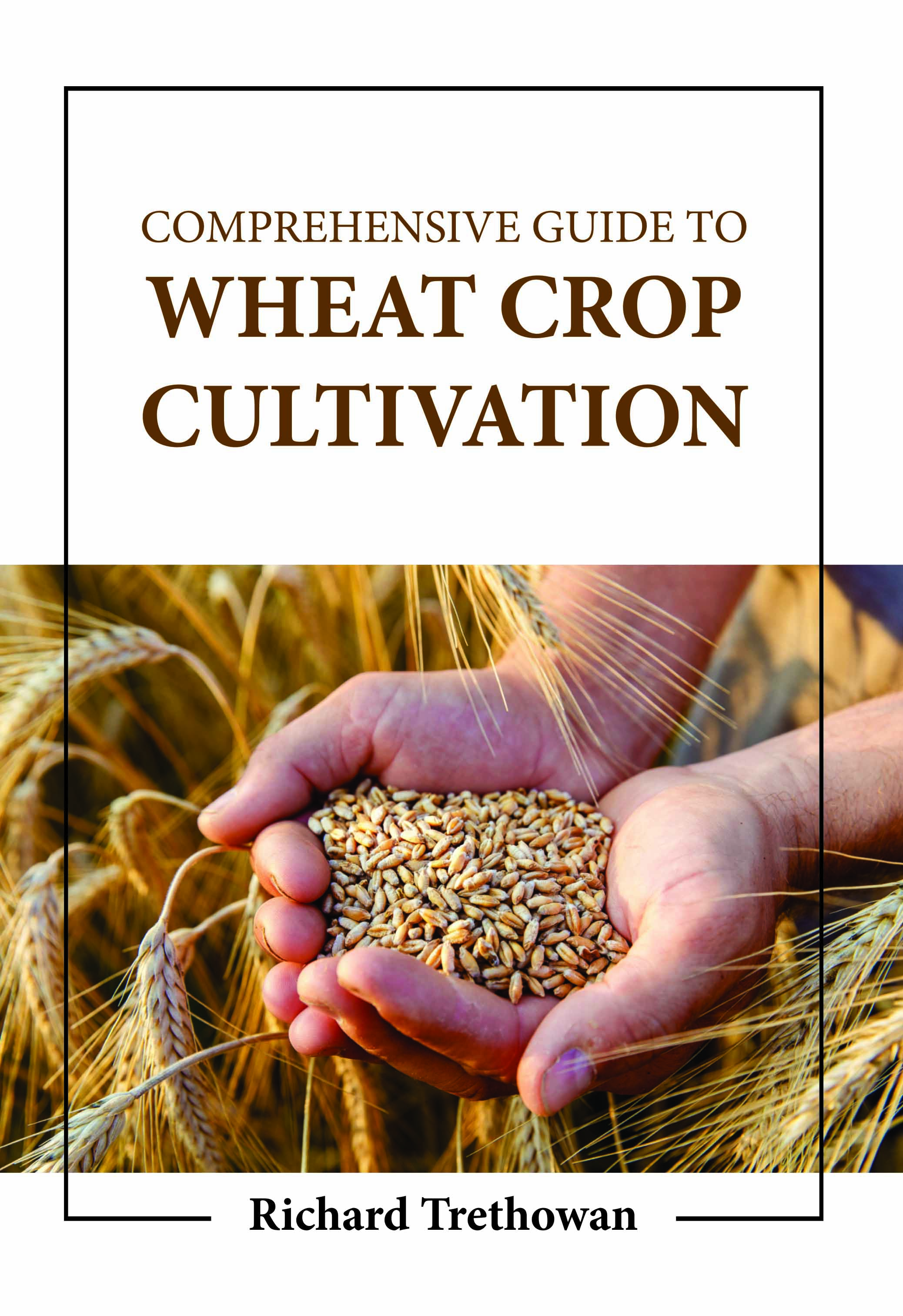
Comprehensive Guide to Wheat Crop Cultivation
by Richard Trethowan
| ISBN | 9781806240326 |
|---|---|
| Publisher | Digital Drive Learning |
| Copyright Year | 2026 |
| Price | $262.00 |

by Richard Trethowan
| ISBN | 9781806240326 |
|---|---|
| Publisher | Digital Drive Learning |
| Copyright Year | 2026 |
| Price | $262.00 |
Wheat is a grass widely grown for its seed, a cereal grain that is a typical diet worldwide. The genus Triticum includes numerous types of wheat, with common wheat being the most extensively cultivated (T. aestivum). Around 3 billion people depend on wheat as a staple diet, making it the most frequently grown cereal in the world. By 2050, the demand for wheat is predicted to rise by up to 560%. In light of climate change, pest and disease risks, and the requirement to make agriculture more resource-efficient and sustainable, there is an urgent need to enhance yields. Wheat (Triticum spp.) has been cultivated for a very long time. One of the first domesticated crops was wheat, a basic staple meal for the major civilizations of Europe, West Asia, and North Africa for more than 8,000 years. Today, more land is used to grow wheat than any other commercial crop, and it continues to be the primary grain source for human consumption. It produces more than all other crops, including rice, corn, and potatoes. In temperate regions, wheat is the main crop grown for both human and animal consumption. The gluten protein fraction, which provides the viscoelastic qualities that enable the dough to be turned into bread, pasta, noodles, and other food products, is another factor that contributes to its success, along with its versatility and high yield potential. Additionally, wheat provides the human diet with amino acids, minerals, vitamins, healthy phytochemicals, and dietary fiber, especially in whole-grain products. Students studying agronomy at all agricultural schools and universities will find this helpful text. Students, researchers at ICAR-run institutions, and trainees at agricultural training centers will all find this book beneficial as a source of references.